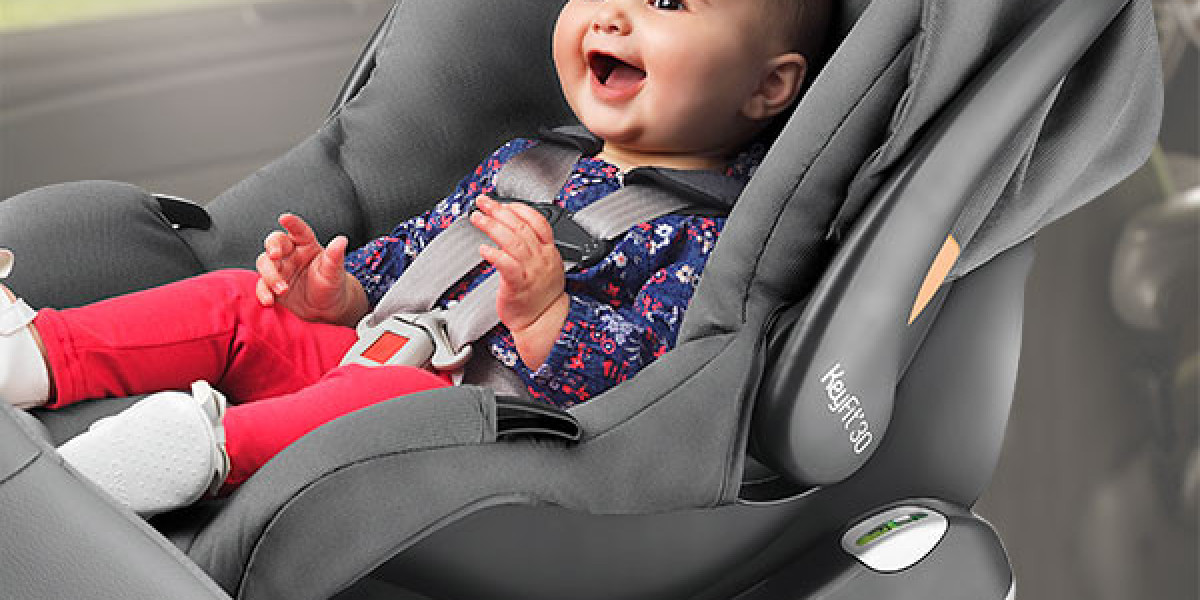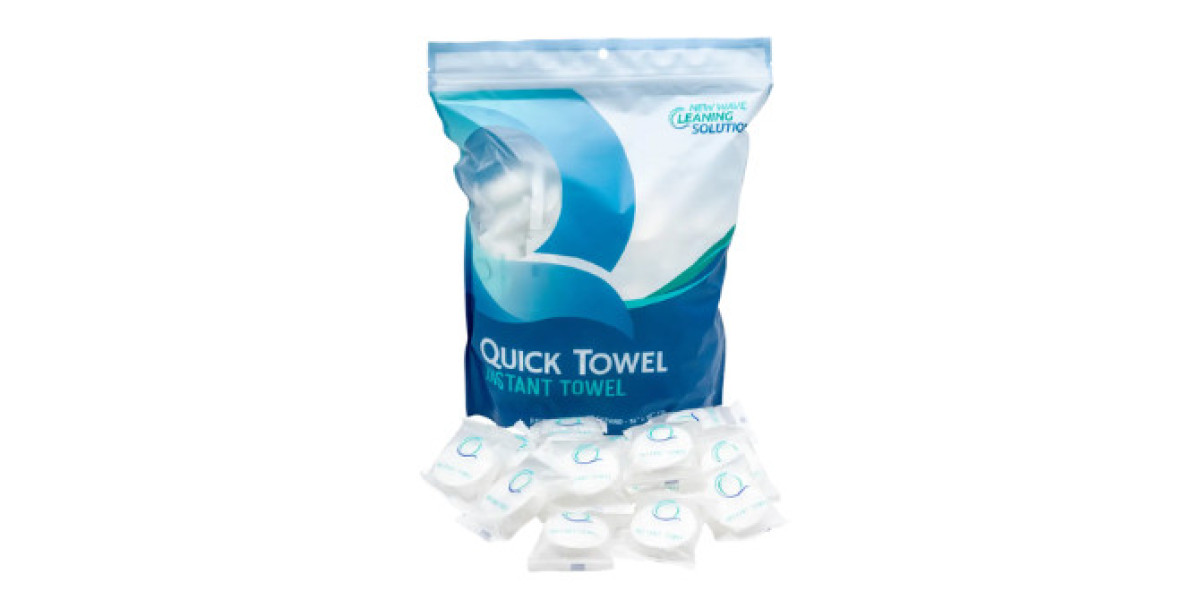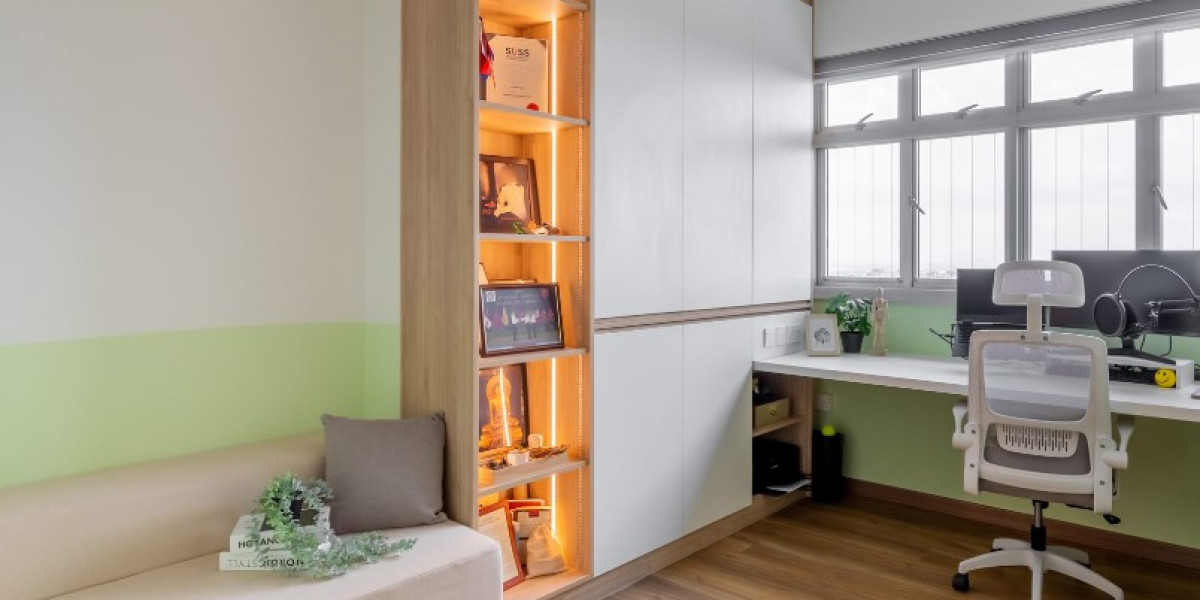As a parent, ensuring the safety and comfort of your baby is always a top priority, especially when traveling in a car. A baby car seat is not just an essential accessory but a crucial safety measure designed to protect your child in the event of an accident. With so many choices available, understanding the importance, types, and features of baby car seats can help you make the best decision for your little one.
Why Is a Baby Car Seat Important?
A baby car seat is designed to keep your child safe while traveling by securing them in place and reducing the risk of injury in case of sudden braking or an accident. Car crashes are one of the leading causes of injury and death in young children, and a properly installed car seat can reduce the risk of fatal injury by up to 71% for infants.
Moreover, most countries have strict laws requiring parents to use a certified car seat for infants and young children, often specifying the type of seat based on age and weight. These regulations ensure that parents prioritize their baby’s safety from the very first car ride home.
Types of Baby Car Seats
Choosing the right baby car seat can be overwhelming, but understanding the different types available makes the decision easier. Here’s a breakdown of the main types of baby car seats:
1. Infant Car Seats
Age Range: Newborns up to 1 year (or up to 35 pounds, depending on the seat)
Position: Always rear-facing
Details: Infant car seats are specifically designed for newborns and provide the necessary support for their delicate head and neck. These seats come with a detachable base, allowing you to carry the baby in the seat while leaving the base in the car. They are generally lightweight and portable, perfect for parents who are frequently on the go.
2. Convertible Car Seats
Age Range: Newborns to toddlers (5-65 pounds, depending on the seat)
Position: Can be used rear-facing for infants and forward-facing for older babies and toddlers
Details: Convertible car seats grow with your child, making them a cost-effective option. These seats start as rear-facing for infants, and once your child reaches the weight and height limit, the seat can be converted to a forward-facing position. However, they are bulkier and less portable compared to infant car seats.
3. Booster Seats
Age Range: For toddlers and young children (40-100 pounds)
Position: Forward-facing
Details: Booster seats are designed for older children who have outgrown their forward-facing car seats but are still too small to use a seatbelt alone. Booster seats help position the seatbelt correctly across the child's shoulder and lap, offering added safety.
Key Features to Consider When Choosing a Baby Car Seat
Safety Standards: Ensure that the car seat meets all national and international safety standards. Look for labels or certifications that indicate crash-test approval and regulatory compliance.
Easy Installation: Car seat installation can be tricky, so choose one with clear instructions. Some seats come with easy-to-use features like LATCH systems (Lower Anchors and Tethers for Children), which make installation more straightforward.
Size and Fit: Every car seat should be selected based on your child’s weight, height, and age. A seat that’s too large or small may not provide adequate protection. Make sure to read the manufacturer’s guidelines for sizing.
Adjustable Straps and Harness: As your baby grows, you’ll need to adjust the car seat to fit them properly. Look for seats with easy-to-adjust harnesses that offer multiple height options without needing to be rethreaded.
Comfort: Since babies spend a lot of time in their car seats, comfort is key. Choose a car seat with ample padding and a breathable fabric cover to keep your baby comfortable during long drives.
Portability: If you are a frequent traveler or need to move the car seat between vehicles, consider a lightweight and easily portable option.
Longevity: Depending on your budget, you may want to opt for a convertible car seat that can grow with your baby, saving you the need to purchase a new one as they get older.
Tips for Proper Installation
Even the best car seat won’t be effective if it’s not installed correctly. Here are a few tips for proper installation:
Read the Manual: Every car seat comes with an instruction manual. Read it thoroughly before attempting to install the seat, and consult your car’s manual for specific guidance on seat positioning.
Rear-Facing Position: For infants, always install the car seat in a rear-facing position, as this provides the most protection for their developing head, neck, and spine. The American Academy of Pediatrics recommends keeping children rear-facing until at least the age of 2 or until they reach the maximum height and weight limits.
Secure the Straps: Make sure the harness straps are snug and secure. You should not be able to pinch any slack in the straps between your fingers.
Check the Seat’s Angle: Infant seats should be reclined at the correct angle to prevent the baby’s head from falling forward, which can restrict their airway. Most car seats have built-in angle indicators to help you position them correctly.
Use the Tether for Forward-Facing Seats: When transitioning to a forward-facing car seat, always use the tether strap. This strap secures the top of the car seat to the car's anchor points, reducing forward movement in a crash.
Conclusion
Investing in a high-quality baby car seat is one of the best ways to ensure your child's safety on the road. With the variety of options available, from infant car seats to convertible and booster seats, parents can find the perfect fit for their growing child. Always remember to follow the manufacturer’s guidelines for installation and use, and regularly check that the seat is secure and correctly positioned. By choosing the right car seat and using it properly, you can enjoy peace of mind knowing your baby is safe on every journey.







